Performances of the National Ballet of China are probably the most intriguing and expected event of the festival. Phenomenon of "Chinese miracle" in the field of economic development presupposes the emergence of such an "explosion" in other spheres, for example, in art, which often follows an economic take-off. And, indeed, the miracle happened - the fantastic Chinese circus, virtuosic pianists, tiny violinists, winning at international competitions, grandiose choral festivals (by the way, choral music, like ballet, is not a traditional Chinese art) and cinema – it seems that the Celestial Republic strive to surprise the whole world!
_________________________________________________
Flura Musina
Ballet critic
In the field of ballet, China was a diligent pupil of the Russian, more precisely, Soviet ballet school. The first generation of Chinese dancers and choreographers was educated by the Soviet teacher and choreographer Pyotr Gusev, laying down the foundation for subsequent development of the troupe of the Beijing National Ballet. Chinese artists carefully mastered positions and classical variations and successfully performed them in competitions, rarely rising above the third step of the pedestal. Then the new Western modern and contemporary was quickly and thoroughly mastered. But, to this popular dance menu today, the Chinese added their own sauce - traditions of Shaolin martial arts and meditation practices, kung fu and tai chi, as well as the richest culture of Ancient China. So, sixty years later, the phenomenon of the Chinese ballet has turned out, which the capital residents so eagerly wanted to see. Today there are more than a hundred people in the troupe of the national ballet, 33 well-trained ballet dancers came to the festival in Astana.
The ballet of China brought a program of two departments, which included two miniatures of choreographers Wang Qi and Fei Bo, the last two parts from "The Yellow River" ballet to the music of Xian Xinghai and "Song of Life" ballet to the music of "Pathetical" symphony by P. Tchaikovsky.
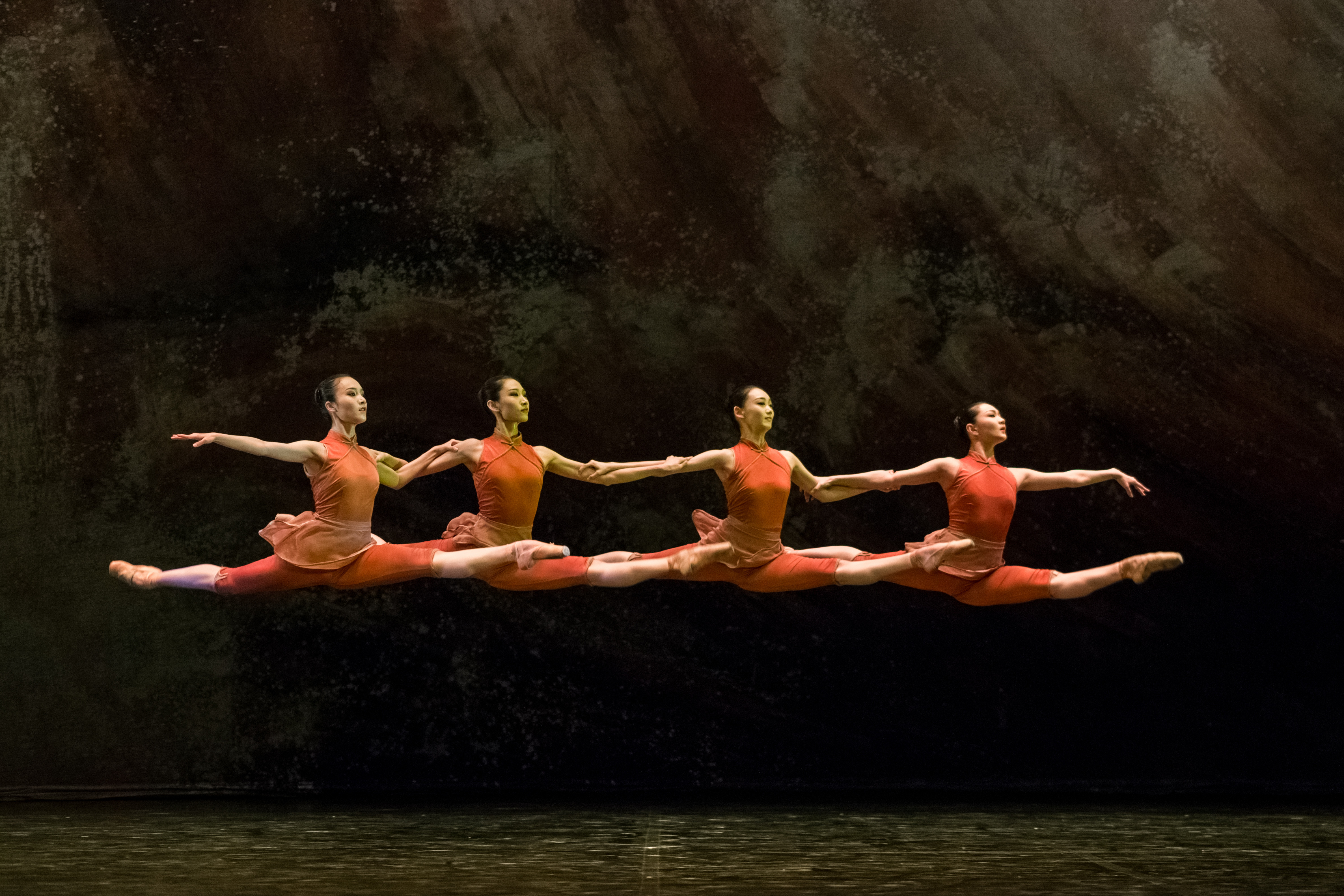

The Yellow River ballet is a special pride of the theater, because it is directly connected with the national symbol - the Huang He River (the Yellow River), which the Chinese call the Mother River. As is known, the Yellow River basin is considered the place of formation and development of the Chinese ethnos. In 1938, the Yellow River was flooded by the nationalist government of China during the Second Sino-Japanese War in an attempt to stop the rapid advance of Japanese troops. Together with the Japanese invaders, thousands of hectares of agricultural land were flooded, hundreds of thousands of civilians were killed. This event inspired the Chinese composer Xian Xinghai to write the patriotic cantata "The Yellow River" in 1939, and in the 70s the a famous Chinese pianist Yin Chengzun created a four-part piano concerto on its basis, which formed the ballet basis of the choreographer Chen Zemei. Two final parts of the production were performed at the festival, created in the style of Soviet ballets of the 60s, harmoniously and orderly performed by the Chinese artists, whose technical equipment amazes imagination. Like selected, tall with magnificent ballet data, the actors of the troupe are fluent in both classical dance techniques and modern styles, if the choreographer needs to do so, they walk around the stage with a wheel or twist a somersault without hesitation. While this, the synchronicity of actions, genetically programmed in consciousness, creates the feeling of a single whole organism that symbolizes the "great national spirit of China".
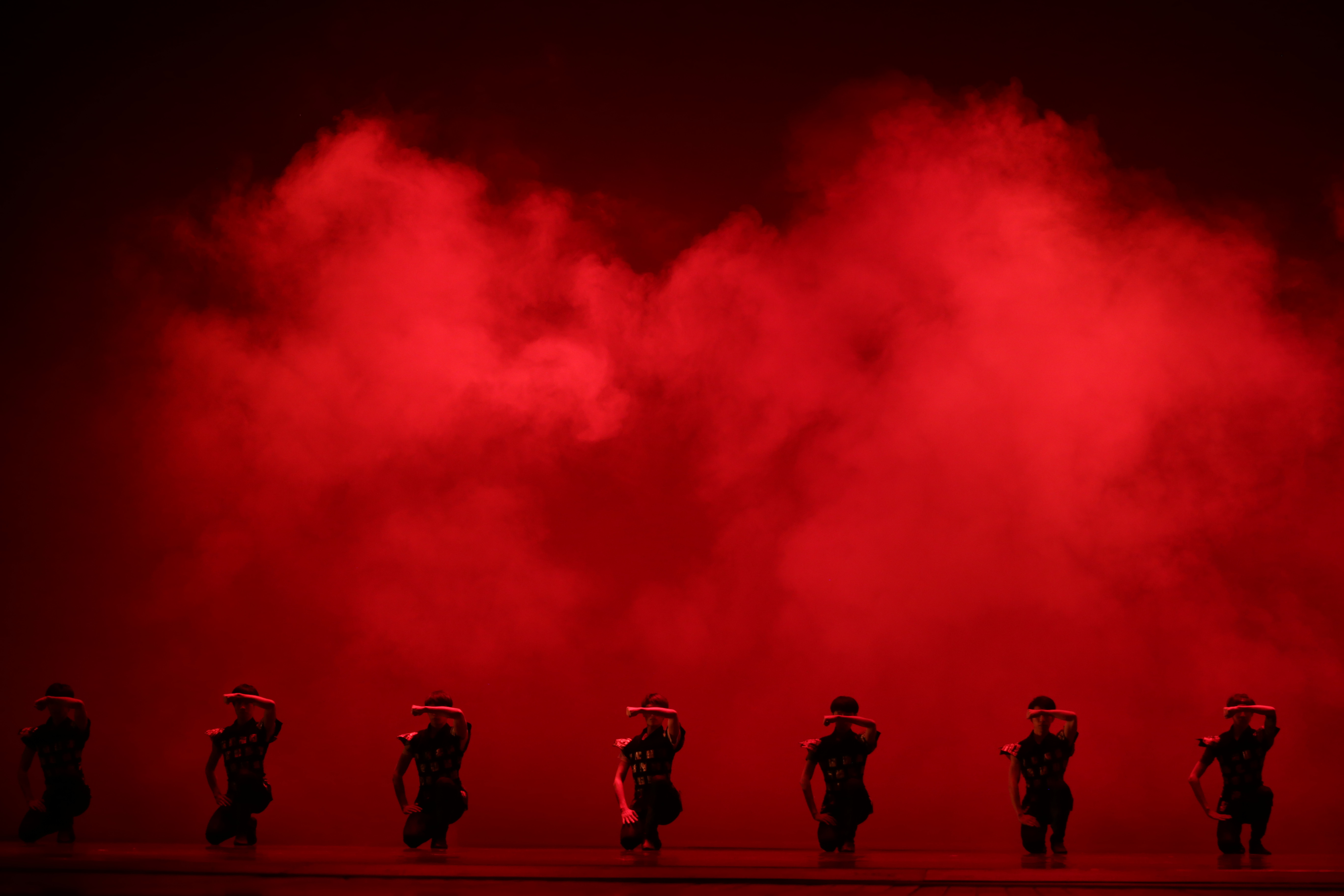
The 12-minute performance of "Love Mulan" to the music of the Chinese composer Tian Fu also refers to the history of China, but more ancient. The poem "Song of Mulan" was written by an unknown Chinese poet in the 6th century, recorded in the collection of Guo Maoqiang in the 12th, but whether the heroine of the poem had a real prototype, the story is silent. However, the attractive image of a girl who dressed as a male and went to war instead of her elderly father to protect her Motherland is very popular and replicated not only on the Chinese scene, but also in Disney cartoons. Black and white gamma of laconic scenography and costumes; again a mix of the choreographic language - neoclassic plus modern, plus contemporary; dynamics, rhythm, suddenness of falls and swiftness of jumps; unchanging synchronicity and patriotic spirit of the performance.
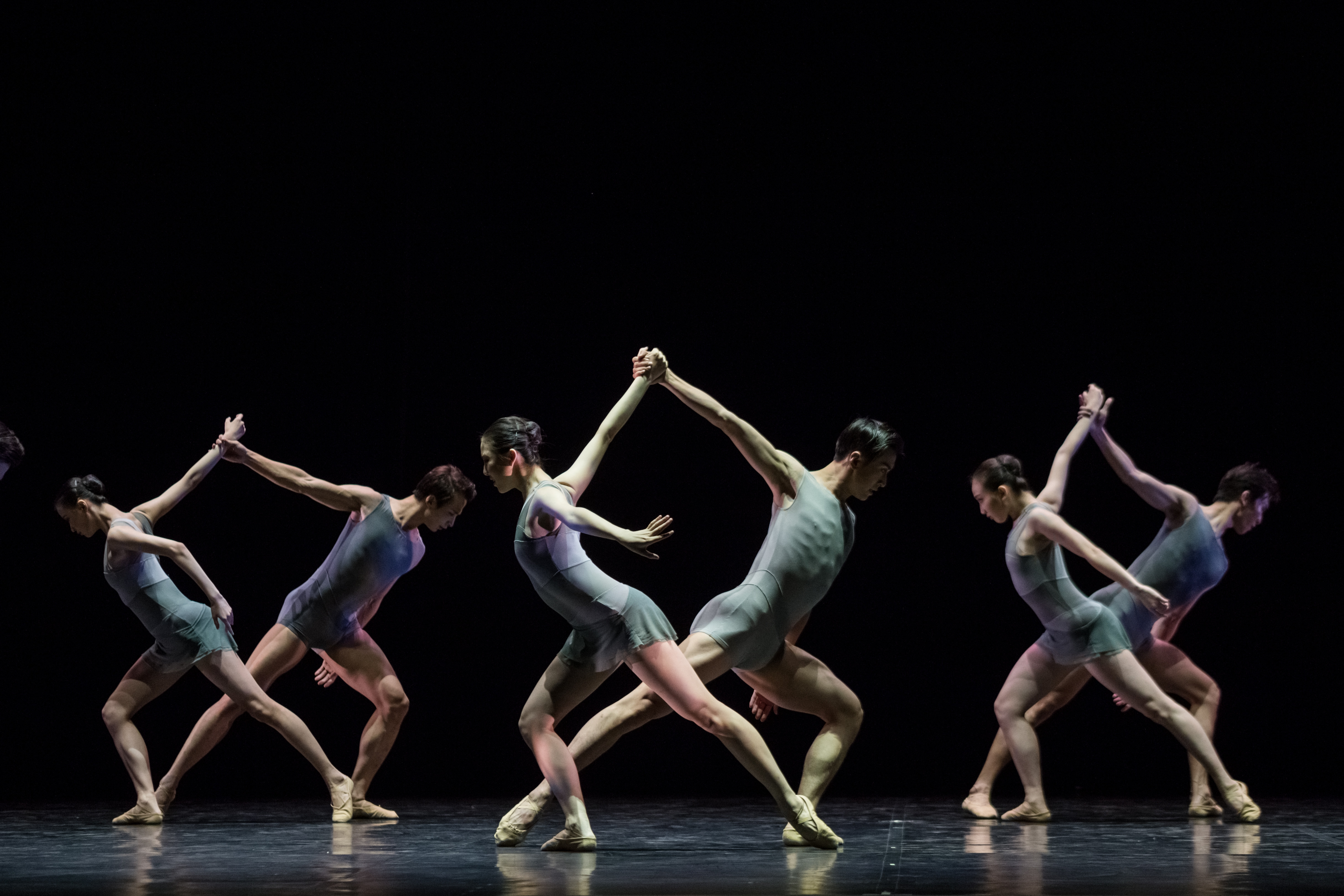
The biggest canvas in the evening program was "Song of Life" ballet staged by the choreographer Ying E Ding to the music of Tchaikovsky. Unfortunately, the closeness of China’s information space did not allow us to "google" and learn about the choreographer more, information about the choreographers was practically absent in the evening program. It's a pity, I would like to know more about the talented choreographer who presented his plastic vision of genius music.
"Many believe that Tchaikovsky wrote the symphony as a requiem to himself" - the annotation to the ballet in the program says. "Although its sounds represent grief, there is no shortage of either warmth or brightness. The sixth symphony was chosen as the musical accompaniment of the choreographic issue "Song of Life" as it visually conveys a sense of life and is intertwined with the philosophy of the Chinese thinker Zhuangzi about fleetingness of life: "Everything changes as clouds change their form."
However, it is known that in the late 80's, Peter Ilyich developed a concept of a new symphony with the program subtitle "Life", over which he worked during the spring and summer of 1891, but he was not satisfied with the results. The idea of the musical "autobiography" in an altered form was later embodied in the Pathetic Symphony. So the choreographer’s interpretation completely coincides with the composer's intention, up to the original title.
The bottomlessness of meanings of Tchaikovsky's genius music provides an opportunity for a multitude of very different interpretations, from Eifman’s dramatic "Red Giselle" to the abstract constructions of modernists. Ying E Ding told his story.

Alone figure of a man (ballet soloist Wu Siming) in the black masking of the stage box. His plastic monologue begins with the first chords of worried music. Figures of corps de ballet appear and disappear from darkness writhing in the violent dance - thoughts, feelings, memories? A mean, constructive decoration and a series of black velvet screens allows artists to make disappearances instantly, like flashes in sore brain visions. Suddenly sharply, the back part of the stage is illuminated with a bright rectangle of light , on which a thin female figure in white (ballet soloist Liu Qi) appears.
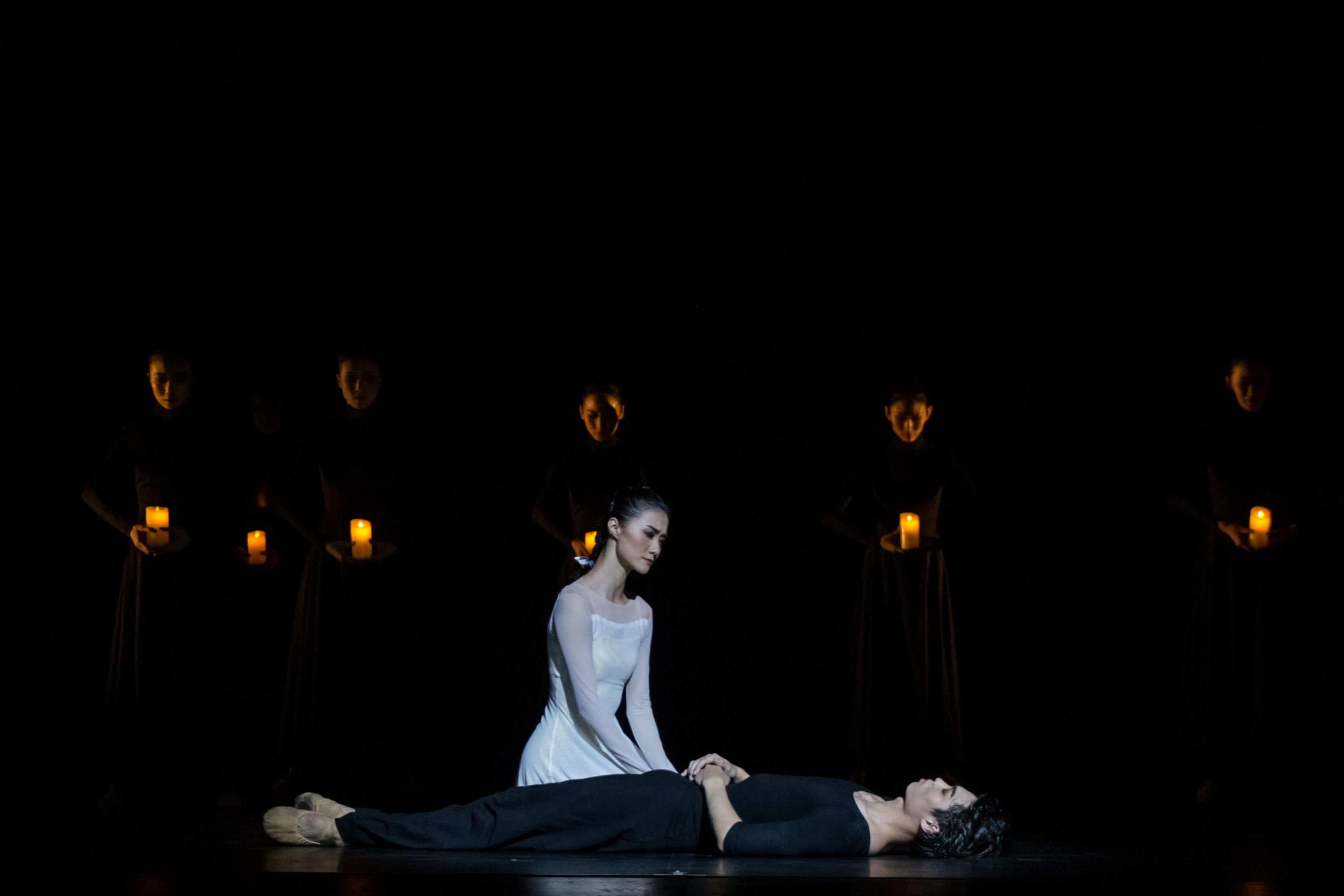
According to the leading ballerina of the theater, Liu Qi, her character is not a real woman, but rather a memory of her, her constant presence in the hero's memory. After all, he remembers his life, and she is a bright and pure force of love.
In essence, the choreographer goes exactly on the score, that the composer felt the music. The first part is childhood and vague aspirations for music (here - generalized - to creativity). The second is youth and social cheerful life (very ingeniously embodied by the choreographer in grotesque plastic). The third is the life struggle and attainment of glory.
This part is set grandiose, from the first enthusiastic steps to success, to the mechanistic facelessness of glory victims, when people who ascended to the crest of success, become its captives and hostages. The mad rhythm, synchronous movements, bright, somewhat mechanistic plastic of this scene, clear, inventive drawing of the compositions end in complete felling and darkness. Meat-grinder of illusory glory spat out another victim ... The last, the fourth part, in contrast to the previous one, passes with a minimum of movements - the choreographer was not afraid to make it almost static. In bright spot of light, stretched out on the floor, the motionless figure of the hero. From the depths of the scene a woman in a white dress slowly moves, surrounded by corps de ballet, with flickering yellow candlelight - love, creativity? She slowly approaches, as if hovering over the stage, to the hero, sits at the head, puts his head on her knees and freezes in this pose. And the whole quadrant remains motionless. Only corps de ballet dressed in black, slowly draws compositions with light, moving silently on the stage with candles.
"Well, the last one is De profundis, that is, a prayer about the deceased, we all end, but for me it's still far away, I feel so much energy, so much creative power; I know that I will create much more, much good and better than until now," Tchaikovsky wrote to his cousin Anne Merkling.
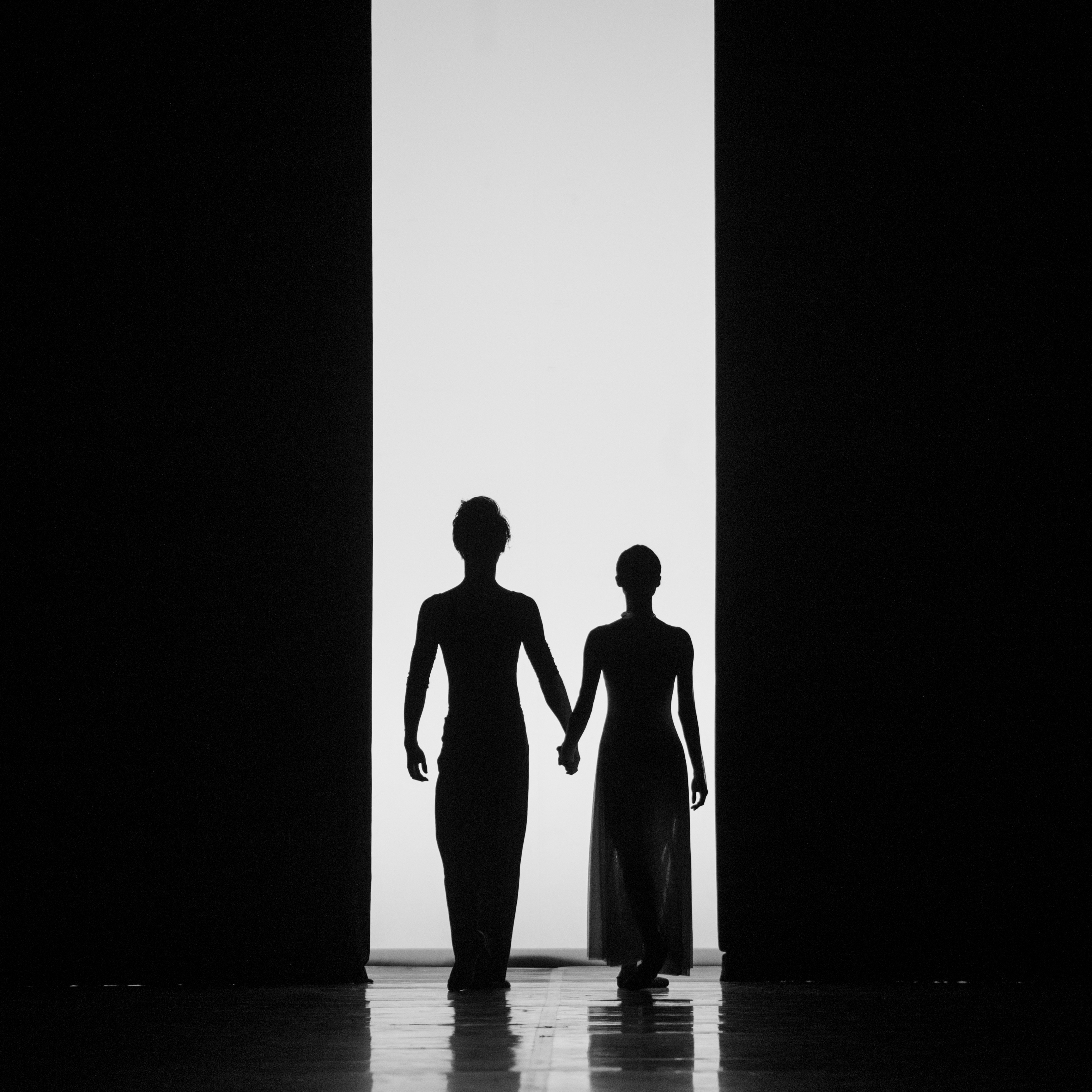
So the choreographer does not put a dash in his narrative: on the final phrases of the fourth part, a bright glowing lumen appears in the black backwoods of the scenery, into which a man slowly escapes by the hand of a woman in white ... Such a combination of Chinese philosophy about the fleetingness of life and the immortal Tchaikovsky's music was given by the Chinese choreographer Ying E Ding in this ballet.
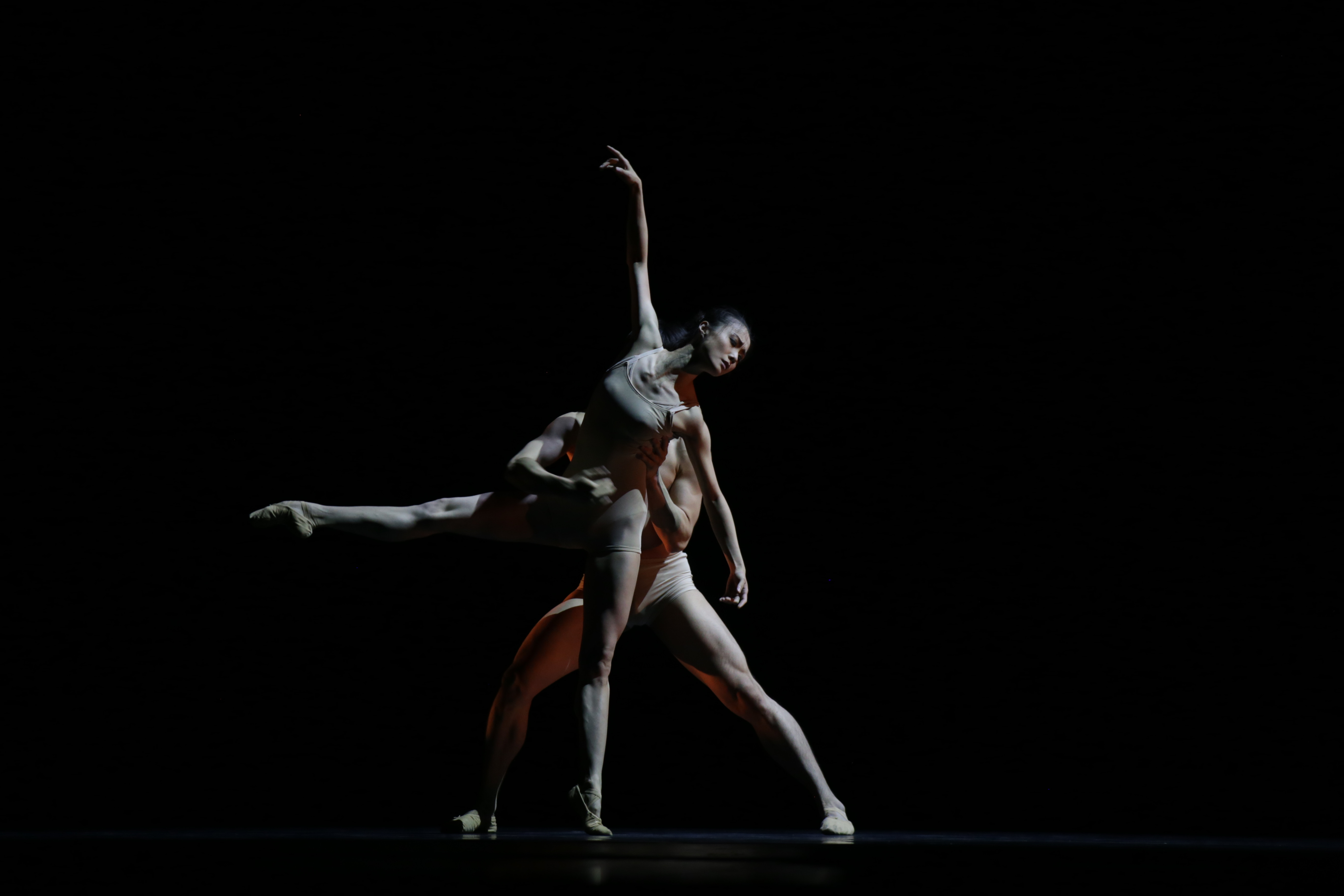
And the biggest impression was made by the five-minute composition, which was marked in "Sacrifice" program to the music of Tuvim composer Sajnho Namchylak in the choreography of Fei Bo. No victims or oblations were read in it, but it showed the motive for choice and freedom to follow it. The short plastic parable, narrated by the troupe soloists Liu Qi and Oen Hua Lun, captivated with the bottomless depths of meanings: about love and harmony, temptation and illusory ideals, love and freedom. Rather than anywhere else I felt power and depth of the ancient Chinese culture, the greatest culture in the world, in the classical painting of which, one can transfer all the power and depth of the universe with a few lines. And the Chinese choreographer Fei Bo expressed the flickering of meanings of this philosophy and culture by plasticity, with the help of stunning soloists of the troupe. Therefore, the spectators received the impression on phenomenon of the Chinese ballet, and a desire appeared to get to know it more closely. I am sure, thanks to the International Festival of Ballet Art "Eurasian Dance Festival", this can happen very soon.